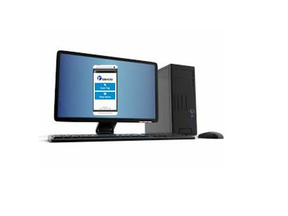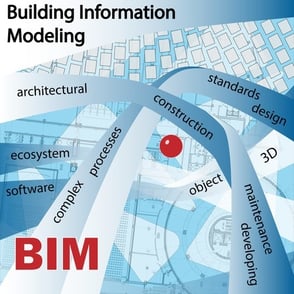 When a large capital investment in new equipment is made, the purchase is always accompanied by our intention to optimize its useful life with proactive maintenance on a regular schedule. In practice, maintenance typically follows some partial or complete breakdown, usually because regular equipment review and maintenance is not part of the regular work flow. As a result, the useful life is shorter than it could be and productivity is impaired while the equipment is idle during repair.
When a large capital investment in new equipment is made, the purchase is always accompanied by our intention to optimize its useful life with proactive maintenance on a regular schedule. In practice, maintenance typically follows some partial or complete breakdown, usually because regular equipment review and maintenance is not part of the regular work flow. As a result, the useful life is shorter than it could be and productivity is impaired while the equipment is idle during repair.
There are usually more costs to this than first meets the eye. As practictioners of lean manufacturing realize, these are:
- Breakdowns
- Set-up and adjustment delays
- Idling and minor stoppage
- Reduced operating speed
- Process defects
- Reduced yield
The impact of these maintenance breakdowns is measured by a calculation of of Overall Equipment Effectiveness (OEE) which is calculated as:
Equipment Availability x Performance Efficiency x Quality Rate
It is easy to see that the law of fractions works against us here. Equipment productivity is often much less than we would think while individual performance measures might appear accepatble:
Breakdowns & Set-up delays ------> Equipment Availability: 90%
x Idling & Reduced operating speed -------> Performance Efficiency: 75%
x Process defects & Reduced yield ------> Quality Rate: 95%
OEE 64%
As we wrote in Lean Manufacturing for Infrastructure, the application of lean manufacturing principles can help producers be more efficient and profitable. The principle to be applied here is called Total Productive Maintenance, which calls for regular, proactive maintenance reviews to be included in the work flow of the equipment operators. Maintenance checks and simple adjustments should be made by operators well before breakdowns occur.
We have found that most manufacturers recognize the value of this. The biggest obstacle to effective practice of Total Productive Maintenance lies in the method of record-keeping. With individual paper files about each maintenance update, there is no centralized source of information from which to determine overall trends or observe patterns.
An RFID tracking system can solve this problem. Having originally developed Idencia as a product tracking system, we quickly recognized its potential for improving equipment productivity. With operators using tablets to input individual maintenance records that are automatically uploaded to the web-hosted management portal, individual and collective trends can be observed that would otherwise remain unseen in paper files.If you would like to see a video of how Idencia can be used to lower equipment costs and improve productiviy, please click on the icon below.

Apr 14, 2015 11:00:00 AM




Comments